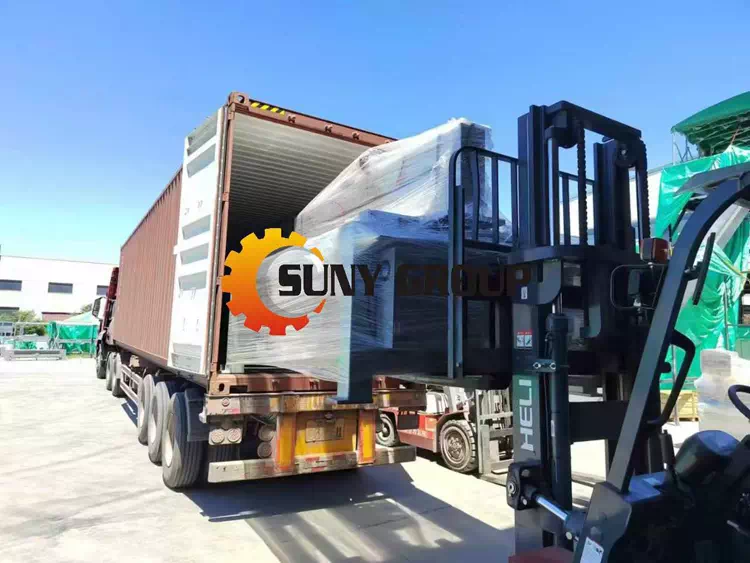
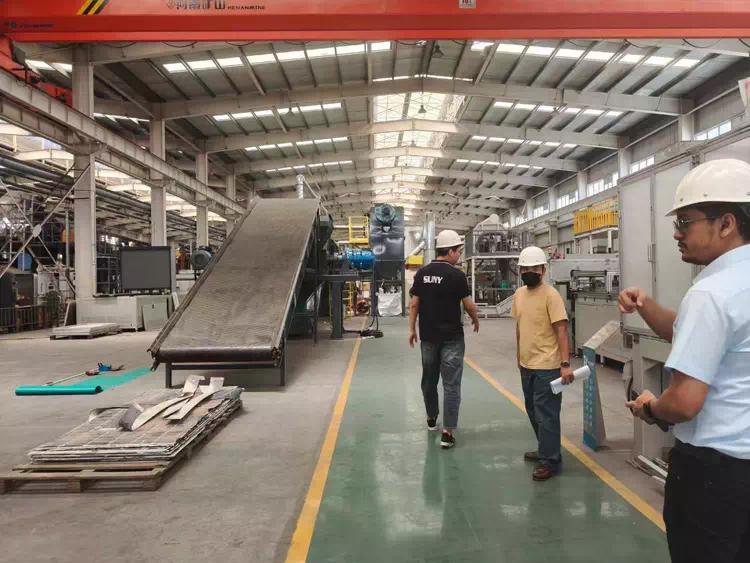
Solar Panel Recycling Machine Delivery to Poland

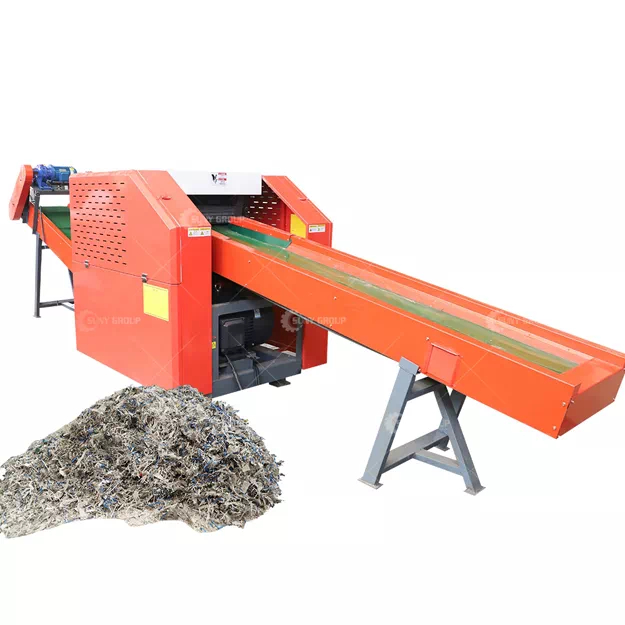
Industrial Cutting Shredders provide a versatile solution for a wide range of industries, and have been praised and favored by customers for their ability to process soft materials with precision and efficiency.
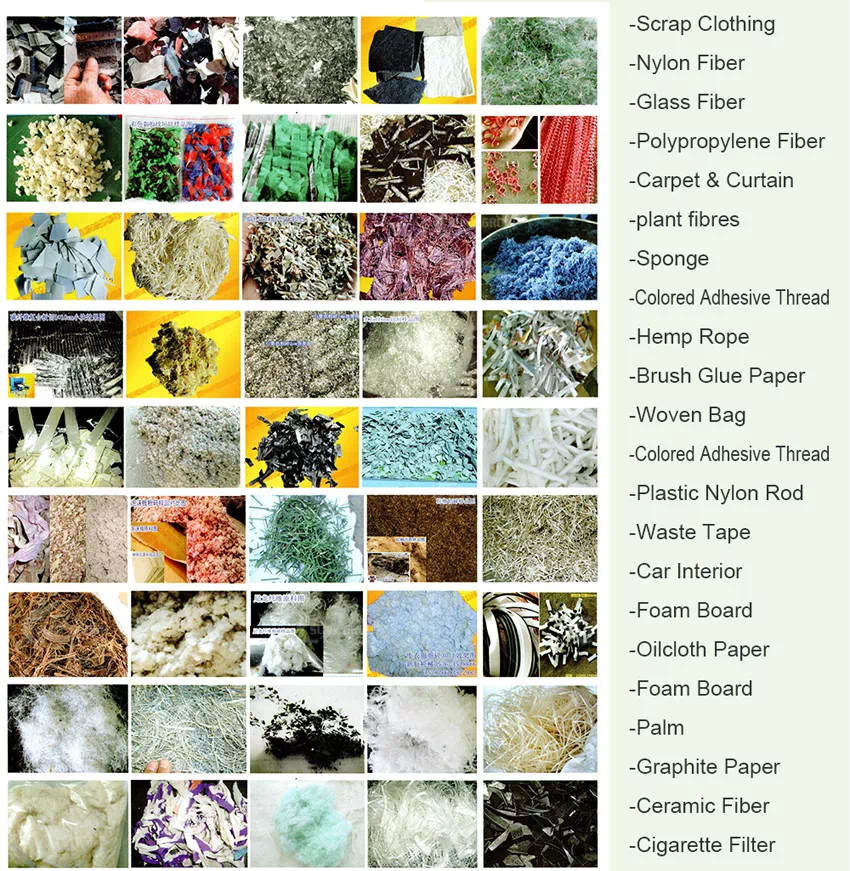
The industrial cutting and shredding machine excels in processing a wide range of common soft waste materials such as plastic bottles, discarded clothing, old tires, waste paper, textile waste, plastic bags, old towels, rubber gloves, silk fabric remnants, rubber slippers, cork waste, and more. The machine is able to effectively process and shred these materials to promote their recycling.
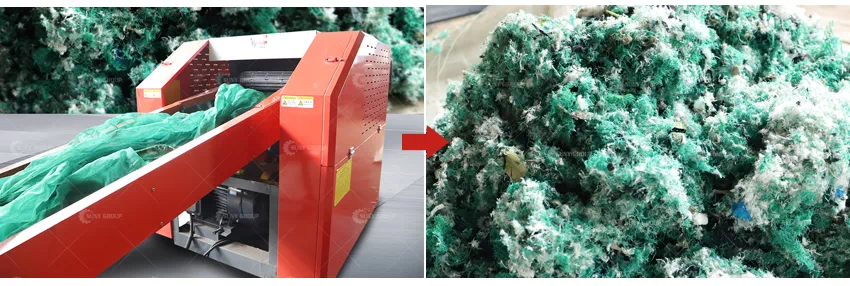
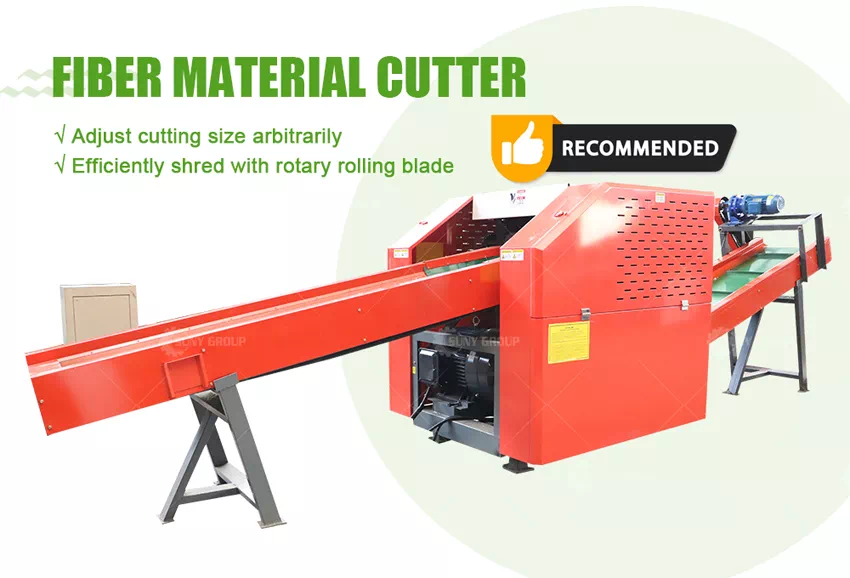
Adjust cutting size arbitrarily
Efficiently shred with rotary rolling blade
| Model | Material thickness | Power | Output |
| ZY800F | 30-50mm | 9kw | 100KG/H |
| ZY1200F | 30-80mm | 17.2kw | 200KG/H |
| ZY1600F | 30-100mm | 21.5kw | 400KG/H |
| ZY2400F | 30-200mm | 47kw | 600KG/H |
| ZY3200F | 30-200mm | 95.5kw | 1500KG/H |
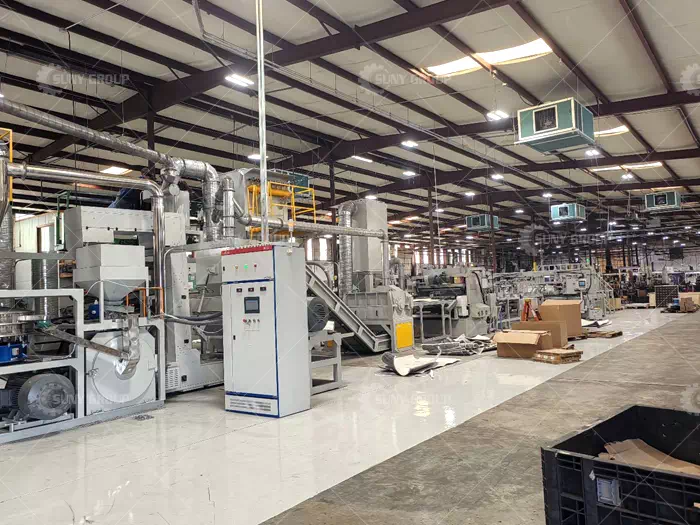
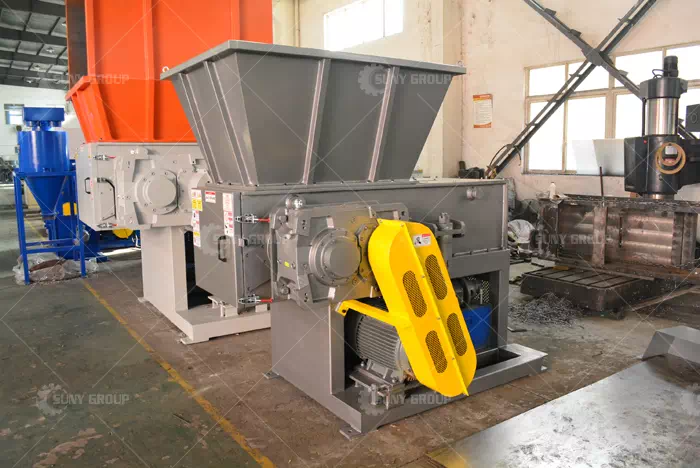
Pulverizers and crushers are used to refine the material processing machinery and equipment, but there are some important differences between them.
Processing objects differ: pulverizers mainly deal with small-sized materials, such as sugar, raw materials, feed, etc. below 5mm. The crusher is mainly used to deal with large lumpy materials, such as industrial salt, and mineral powder.
Discharge size is different: the discharge size of the crusher is generally more than 10mm, if you need a finer size, you need to use the crusher for secondary processing. The pulverizer can be adjusted through the screen to control the particle size of the material, a molding.

The working principle is different: pulverizers mainly use the grinding rolls and grinding rings on the material for crushing, cutting, and other effects to achieve crushing. The crusher mainly relies on the impact force, extrusion force, and other effects to break the material.
Speed and power consumption are different: the speed of the mill is generally higher, can reach high-speed rotation, generates a lot of heat, and needs to be equipped with a cooling system. The rotational speed of the crusher is relatively low, and the power consumption is also low.
Application scenarios are different: when we need to refine the material processing, to powder, we need to use the crusher. And when we need to do preliminary crushing of large materials, we need to use a crusher. In the construction of the production line, two kinds of equipment are used in conjunction.
In general, although the pulverizer and crusher are both fine processing materials, in the processing object, discharge size, working principle, speed, and power consumption, there are obvious differences, and application scenarios are not the same. In actual production, you need to choose the right equipment according to the specific situation. SUNY GROUP is a professional shredder equipment manufacturer, according to the customer’s different materials and needs, customized shredder equipment, if you need it, welcome to contact us at any time to consult!
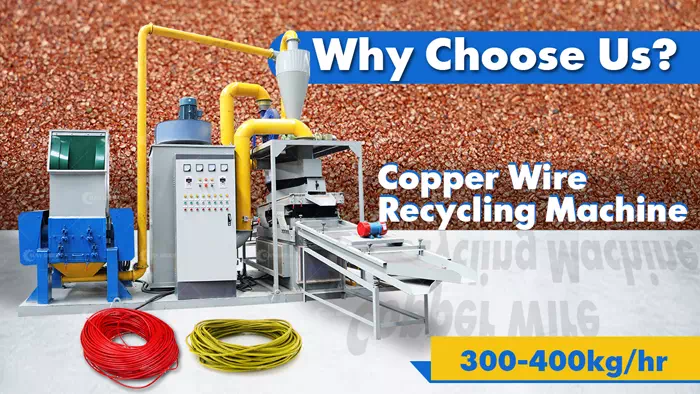
A copper wire shredder is an industrial-grade equipment designed for recycling copper wire and plastic/rubber, which is widely used in the recycling of various types of waste wires and cables, such as communication cables, automobile wiring harnesses, etc., due to its high efficiency, environmental protection, and economic features. This equipment can achieve a 99.99% purity recovery rate for both copper and plastic/rubber, demonstrating its excellent recycling performance.
The Copper Wire Shredder is specially designed to efficiently process low-grade wire and cable, whether it is automotive, telecommunications, or any other scrap wire and cable with a diameter of less than 9/16 inches. Its powerful processing capacity of up to 150 pounds of insulated wire per hour makes the recycling process not only fast but also efficient. To accommodate recycling needs of different sizes, the Copper Wire Shredder offers a variety of models with processing capacities ranging from 44 pounds per hour to 3,968 pounds per hour, so whether you’re a small recycling station or a large recycling business, you’ll find the right model of equipment.

Fully Automatic Scrap Wire Granulator Machine
The compact design is another great feature of the copper wire shredder, taking up little space, and making it easy to install and operate in a variety of site conditions. In addition, the environmentally friendly and dust-free design of the equipment ensures a clean operating environment, reducing the impact on operators and the environment. Moreover, the copper wire pulverizer is easy to operate and can be easily completed by one person, significantly reducing labor costs.
The equipment not only recovers copper wire but also efficiently recovers aluminum wire with the same purity of 99%. This high-purity recycling ability makes the reuse of metal resources more economical and feasible. To protect the user’s experience, the copper wire pulverizer provides a one-year warranty and has an adequate supply of spare parts to ensure that the equipment can be maintained and repaired promptly during the use of the equipment.
Overall, the copper wire pulverizer is an efficient, environmentally friendly, and economical industrial-grade recycling equipment, that has become an ideal choice in the field of wire and cable recycling due to its excellent performance and diversified model choices. Its high purity, efficient processing capacity, and environmentally friendly design not only enhance recycling efficiency but also make an important contribution to resource recycling and environmental protection. Whether it is the recycling of communication cables or the processing of automobile wire harnesses, copper wire shredder has demonstrated its indispensable value.
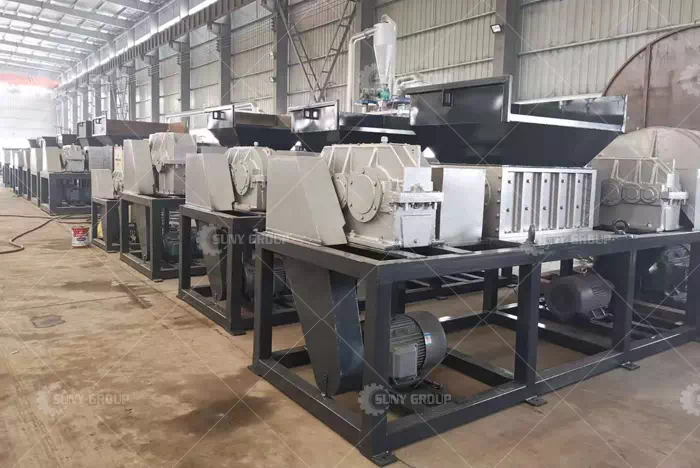
A crusher breaks down material into smaller pieces by cutting or tearing it. The following is a detailed breakdown of how it works:
1. Feeding
Material is fed into the crusher via a feed hopper or conveyor belt. The feeding process is usually continuous to ensure efficient machine operation.
2. Cutting Mechanism
Inside the crusher, rotating blades or cutters are fitted. These blades are mounted on a shaft and rotate at high speeds. Depending on the design of the crusher, the shape and arrangement of the blades may vary to suit different materials and cutting needs.
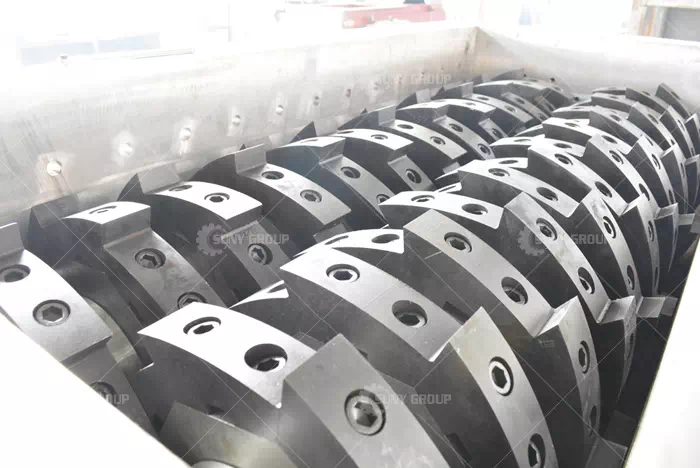
Twin Shaft Shredder Knife Shaft
3. Crushing Process
When material comes into contact with the rotating blades, the blades cut, tear, or shear the material into smaller pieces. The size of the pieces depends on the configuration of the blades and the spacing between the blades. Some crushers are also equipped with adjustable blades and screens to control the size of the final output pieces.
4. Discharge
The crushed material is discharged through a screen or grid, the aperture of which determines the size of the final output material. Some advanced crushers are equipped with automatic separation and conveying systems to ensure uniformity and ease of further processing.
Areas of application
Crushers can be used for a wide range of materials, including paper, plastics, metals, and electronic scrap. Crushers are indispensable in the recycling process, as they can significantly reduce the size of the waste material for subsequent handling and processing.

Double shaft shredder manufacturing workshop
Benefits and features
Efficient processing
Crushers can process large quantities of waste materials quickly and efficiently, increasing the overall efficiency of the recycling process.
Versatility
Different types of crushers can be adapted to a wide range of materials, offering a wide choice of applications. Whether it’s hard metals or flexible plastics, the crusher is up to the task.
Environmental benefits
By reducing the volume of waste material, the crusher not only reduces transportation and storage costs but also promotes the reuse of resources, providing significant environmental benefits.
If you have any questions or need further details about the crusher, please feel free to contact us! Our expert team is always ready to provide you with professional answers and support.
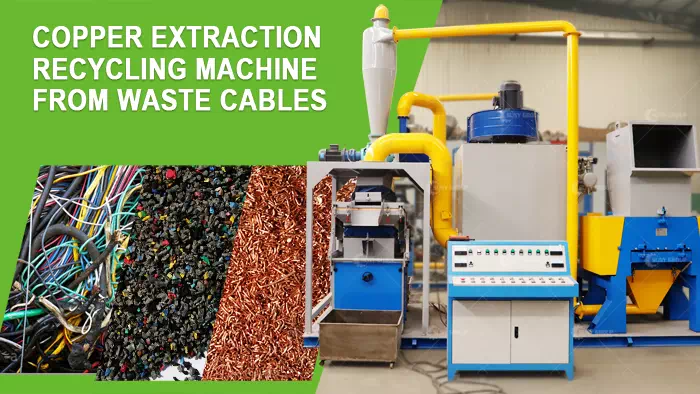
Extracting copper from scrap cables is an essential process in the recycling industry, to recover valuable copper while minimizing the impact on the environment. Copper is a very valuable material because of its excellent electrical conductivity and is widely used in electrical and electronic applications. This paper describes the techniques and equipment used to extract and recover copper from scrap cables.
Copper extraction and recovery machines are designed to efficiently separate copper from insulation and other materials in scrap cables. The process typically involves several stages, each using specialized equipment to ensure maximum copper recovery while minimizing environmental impact.
Key components and processes
1. Pulverization
The first stage is to pulverize the scrap cable into small pieces. Pulverizers equipped with sharp blades cut the cable into manageable sizes for further processing.

Copper Extraction Recycling Machine from Waste Cables
2. Pelletizing
After pulverization, the material is fed into a granulator to further reduce the size of the cable fragments. The granulator breaks the material into small particles and separates the copper from the plastic insulation.
3. Separation
The separated particles are then subjected to a separation process that isolates the copper from the rest of the material. Common separation techniques include:
Air separation: using an air stream to separate the lighter plastic particles from the heavier copper particles.
Vibratory separation: using vibrating screens to sort materials based on size and density.
Electrostatic separation: using an electrical charge to separate conductive copper from non-conductive materials.
4. Dust removal
Dust and fine particles are generated during the crushing and pelletizing process. An efficient dust removal system ensures a clean working environment and prevents the release of potentially harmful particles into the air.
Benefits of using Copper Extraction Recycling Machine
1. High efficiency
These machines are designed for high throughput and can process large quantities of scrap cable quickly and efficiently.
4. Cost-effective
Automating the copper extraction process reduces labor costs and increases the overall profitability of the recycling operation.
Copper extraction recovery machines play a vital role in the recycling industry, providing an efficient and environmentally friendly solution for recovering valuable copper from scrap cable. By utilizing advanced technology and automated processes, these machines ensure high recovery rates and contribute to sustainable resource management.
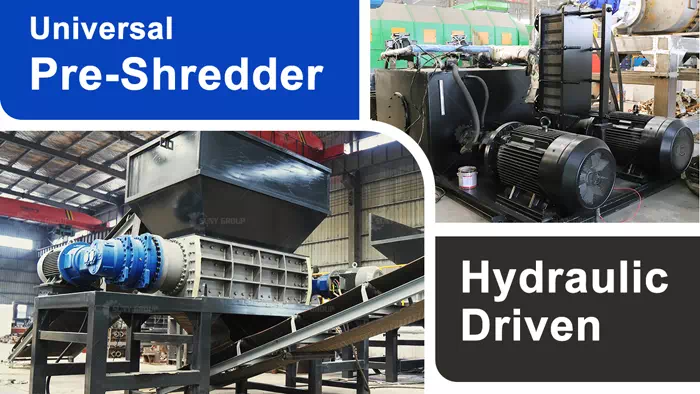
The Twin Shaft Shredder is a widely used industrial shredder designed to efficiently process materials. This versatile machine is vital in recycling, waste management and primary shredding.
The shredder has two counter-rotating shafts that are equipped with cutting blades. These shafts move slowly in opposite directions to ensure efficient shredding of pre-sorted materials. The sturdy frame supports heavy-duty operation and provides stability during the shredding process.
MATERIAL ENTRY: Material enters the shredder and is caught between the rotating shafts.
CUTTING ACTION: The counter-rotating shafts cut the material into small pieces.
OUTPUT: Shredded material exits in strips, the width of which is determined by the design of the cutter.
Dual shaft shredders can process a wide variety of materials including: plastics, wood, metal, e-waste, and general waste.

Advantage:
LOW RPM, HIGH TORQUE: Efficient shredding with minimal heat and dust.
Rugged: Durable and reliable, can handle hard materials.
High efficiency: Consistent performance in reducing material size.
Versatility: Suitable for a wide range of materials and applications.
The Twin Shaft Shredder is an essential tool for efficient material handling. Their robust design, efficient functionality and versatility make them invaluable in industrial environments, contributing to sustainable practices and resource management. If you need it, please feel free to leave a message with us for more information.
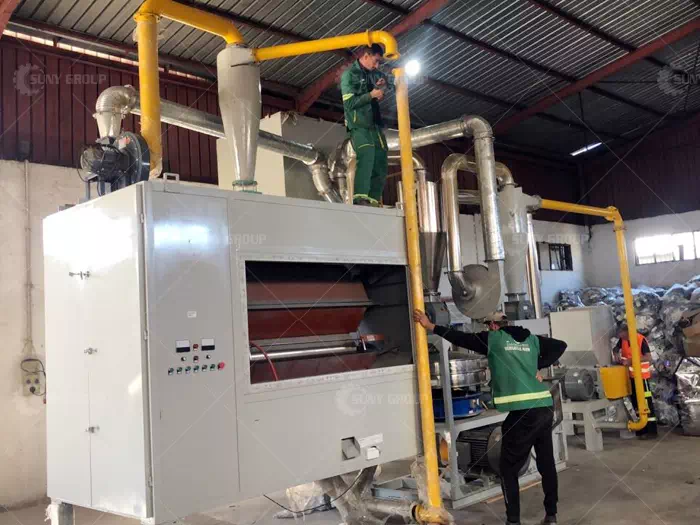

Algeria aluminum plastic separator customer site
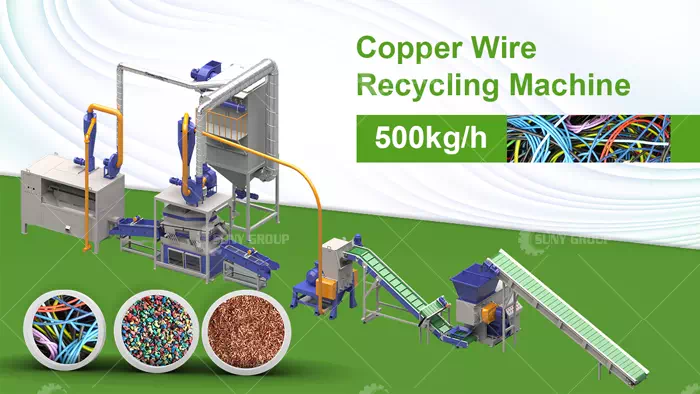
Copper wire recycling processing machinery is a kind of equipment specially used for recycling waste cables. Through efficient processing, it can separate and recycle materials such as metals and plastics in waste cables, to realize resource reuse. This article will introduce the relevant technologies and equipment of cable wire recycling processing machinery, as well as its important role in the field of environmental protection.
Cable wire recycling processing machinery usually includes the following main steps:

Copper wire recycling processing machines
a) Cutting and crushing: The waste cables are first cut into smaller lengths and then crushed by crushers for better subsequent processing.
b) Gravity sorting: The crushed cable wire materials are placed in a vibrating screen or gravity sorter, and the gravity difference of the materials is used to separate metals and plastics.
c) Magnetic sorting: Magnetic sorting equipment such as magnetic separators are used to separate the metal parts containing iron materials from other non-magnetic materials.
d) Electrostatic sorting: Different types of materials such as metals and plastics are further separated through electrostatic sorting technology.
e) Final recycling: The separated metals and plastics are reprocessed so that they can be put into new production processes. Application of Cable Recycling Machinery
Cable recycling machinery is widely used in the recycling process of waste cables. They can process cables of various types and specifications, including communication cables, power cables, data cables, etc. The high efficiency and automation of these mechanical equipment greatly improve recycling efficiency and resource utilization. If you are interested in waste copper wire recycling equipment, please feel free to contact us for consultation.
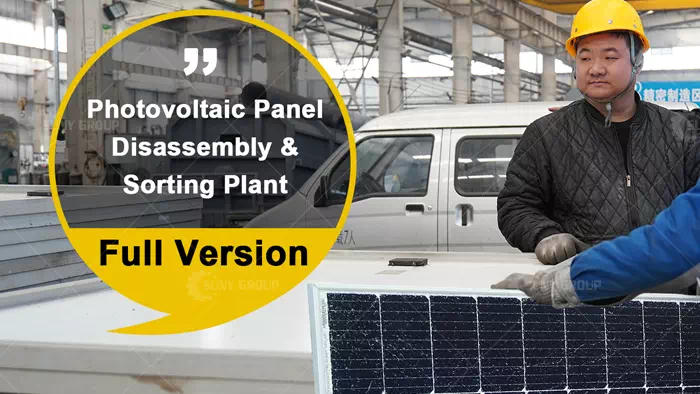
Effective recycling and disposal of solar panels at the end of their life becomes especially important. Below is information about solar panel dismantling, shredding, sorting, and recycling equipment:
Automated solar panel dismantling equipment/production lines:
These can be supplied as fully automated production lines or as stand-alone machines.
The “Heated Blade Separation Method” (patented technology) is used to automatically separate glass from other materials.
Stand-alone machines including Frame Separators, J-Box Separators, and Glass Separators are available upon request.
Processing time is about 60 seconds per panel, and it is suitable for various domestic/imported crystalline silicon solar panels.
By the heated blade separation method, glass can be separated from metal without crushing, realizing full recycling of both glass and metal.

Photovoltaic Panel Disassembly Sorting Plant
Semi-automatic frame and J-Box separator:
Can automatically separate four frames and one J-Box at a time.
Can be loaded onto a truck for on-site operation, thereby reducing transportation costs.
Processing time is approximately 40 seconds and uses only electricity to separate and collect aluminum and copper on the truck.
Solar panel recycling process:
First, the aluminum frame of the solar panel is removed.
Then, the glass is crushed and removed using special crushing equipment.
The glass is collected separately, while the rest is crushed and sorted to completely separate the internal metal and scrap metal material.
These technologies help to achieve sustainable management of solar panels, reduce environmental impact, and save valuable resources. If you need more detailed information, please feel free to contact us!
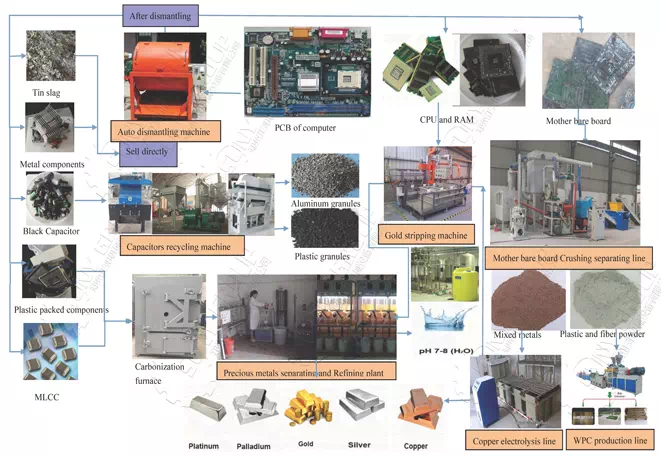
With the rapid development of technology and the popularization of electronic products, e-waste has become one of the serious challenges to the global environment. The rise of the e-waste recycling business provides an important solution for environmental protection and also becomes a promising business opportunity. Suny Group will introduce you to the start-up cost, technical equipment, and related expenses of the e-waste recycling business, as well as the economic benefits and prospects of the industry.
Status of e-waste recycling:
According to statistics, more than 50 million tons of e-waste is generated globally every year, of which only about 20% is reasonably recycled and processed. This not only causes serious pollution to the environment but also wastes a lot of valuable resources. Therefore, the demand for the e-waste recycling business is becoming increasingly urgent.

Technical equipment for e-waste recycling and related costs:
Starting an e-waste recycling business requires a certain amount of investment in technical equipment and related costs. The major equipment includes e-waste dismantling machines, crushing and sorting equipment, metal separation equipment, chemical treatment equipment, etc. The cost of this equipment varies by brand and size. Generally speaking, the equipment investment cost for starting a small to medium-sized e-waste recycling business ranges from approximately hundreds of thousands of dollars to millions of dollars. In addition, site rental or purchase costs, employee wages and training costs, transportation and logistics costs, marketing and promotion costs, etc. need to be considered. These costs vary by region and size, but as a rough estimate, the total cost of starting an e-waste recycling business is usually in the range of millions to tens of millions of dollars.
Economic Benefits and Prospects of E-waste Recycling:
Despite the high start-up cost of an e-waste recycling business, the industry offers promising economic benefits and prospects.
E-waste contains many valuable metals and other recyclable materials such as copper, aluminum, zinc, and nickel. By recycling these materials, not only can the exploitation of natural resources be reduced, but also the production cost can be lowered. In addition, there are some rare metals in e-waste such as palladium, iridium, rhodium, etc. Recycling these rare metals is especially important to meet the needs of the high-tech industry.
Starting an e-waste recycling business requires some investment costs, but the industry has broad economic benefits and prospects. By recycling and treating e-waste, we can reduce resource waste and environmental pollution, as well as create jobs and promote sustainable development. If you are interested in e-waste recycling, we can provide you with a detailed and feasible recycling program and technical support, you are welcome to contact us at any time.